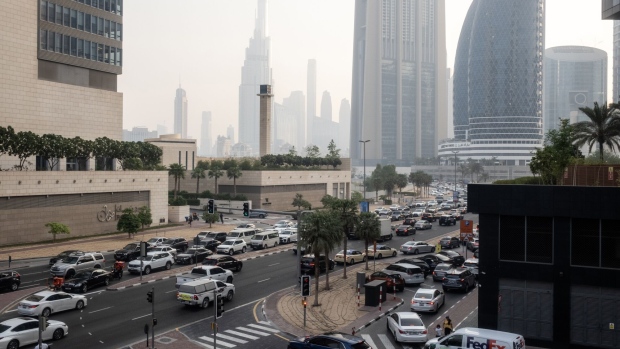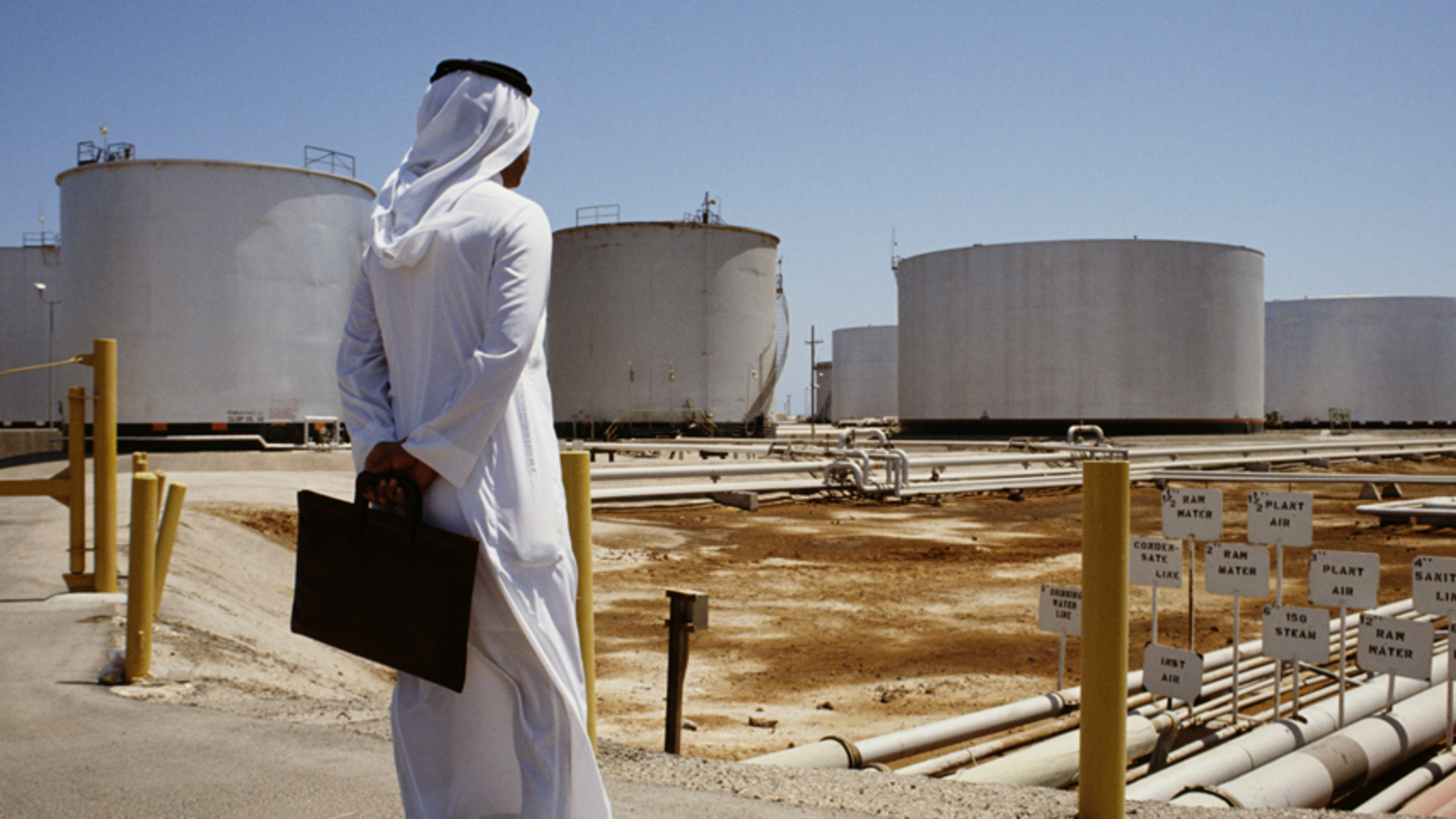Economic Diversification Fuels Export Growth in Saudi Arabia Amidst Global Semiconductor Demand
As Saudi Arabia embraces economic diversification, a surge in non-oil exports pairs with South Korea's robust chip sales, highlighting a shift in trade dynamics.
Published April 26, 2024 - 00:04am

Image recovered from arabnews.com
RIYADH: Saudi Arabia's focus on economic diversification is bearing fruit as the Kingdom's non-oil exports, encompassing re-exports, saw a notable rise of 4.4 percent in February compared to the same period of the previous year, according to the General Authority for Statistics (GASTAT). The surge, largely led by rubber and plastic products, indicates a strategic push away from the country's traditional oil dependency. The total value reached SR21.86 billion ($5.83 billion) despite the overall merchandise shipments experiencing a 2 percent decline and oil exports decreasing by 3.8 percent, in line with OPEC+ decisions to curtail production.
Meanwhile, in East Asia, South Korea's economic narrative tells a different tale with a significant 11.1 percent increase in exports during the first 20 days of April. This uptick is attributed to soaring global demands for semiconductors, supplementing the country's economic growth engine and resulting in per-day exports advancing 11.1 percent on-year. The Korea Customs Service data reflects how the Asia-Pacific region continues to be a powerhouse of high-technology exports, which has become critical in the post-pandemic recovery phase, despite facing a trade deficit.
As the global economy reshapes in response to shifting market dynamics and policy decisions, both Asian countries, Saudi Arabia and South Korea, serve as quintessential examples of how focused economic policies and diversification in export can pave the way for sustained growth. China remains a significant trading partner for the Kingdom, asserting its dominance in both exports and imports with Saudi Arabia. At the same time, countries like India, Japan, and the United States continue to be important export destinations.
The substantial increase in Saudi re-exported goods, standing at 32.3 percent, juxtaposed against South Korea's flourishing chip sales, underscores a complex, interconnected global trade environment. These developments are keenly watched by market analysts as indicators of economic health and the evolving nature of international trade relationships in a post-pandemic era.
The robust performance of Saudi Arabia's non-oil sector, especially the increase in rubber and plastic product exports, is a direct result of the Vision 2030 plan initiated by Crown Prince Mohammed bin Salman. This ambitious blueprint aims to reduce the Kingdom's reliance on oil and diversify its economy through the development of public service sectors such as health, education, infrastructure, recreation, and tourism. Advanced manufacturing and renewable energy sectors are also being prioritized to ensure a sustainable economic future for the Kingdom.
This strategic economic realignment is seen as essential for attracting foreign investment, providing employment for the young population, and establishing Saudi Arabia as a hub for trade and commerce in the Middle East. The focus on non-oil exports has encouraged local industries to expand their reach and capabilities, fostering a fertile environment for innovation and entrepreneurial ventures within the Kingdom. Moreover, the progress in non-oil sectors demonstrates the potency of the Saudi government's efforts in creating a more balanced and resilient economy.
Contrasting Saudi Arabia's economic maneuvers, South Korea's export growth led by its dominant semiconductor industry reflects its own economic strategies. The nation has long been at the forefront of technological innovation and production, and its formidable foray into advanced technologies continues to be pivotal for global supply chains. The government's focus on research and development, coupled with strong partnerships between conglomerates and small-to-medium-sized enterprises (SMEs), has catapulted South Korea to being a leader in the tech export arena.
Moreover, South Korea's ability to maintain a strong export sector amid the pandemic is also due to its aggressive response to COVID-19, which allowed manufacturing plants to remain operational during the crisis, although it did not offset the challenges faced in other sectors of the economy. Still, Seoul's approach exemplifies how a balanced investment in human capital, industry, and innovation can lead to robust economic performance.
As for the international trade landscape, the rise in Saudi Arabia's re-exports, which include goods that are imported, processed or improved, then exported again, is indicative of the Kingdom's growing role as a regional logistics hub. The increase in re-export figures also highlights the strategic importance of the country's geographical location, bridging major trade routes between Asia, Africa, and Europe.
Saudi Arabia's strengthened trade ties with China complement the transcontinental Belt and Road Initiative (BRI), which aims to foster closer economic linkages across Eurasia. China's engagement in trade and infrastructure projects within the Kingdom not only bolsters bilateral relations but also aligns with Saudi goals for diversification and economic growth.
As economies worldwide continue to adapt to the post-pandemic situation mixed with geopolitical tensions and supply chain disruptions, nations like Saudi Arabia and South Korea offer valuable insights. By leaning into economic diversification and technological development, these countries showcase the essential components of resilience and adaptability in the current global economic theatre. The sustained growth in non-oil exports from Saudi Arabia, along with South Korea's unwavering tech export boom, represents a global economy that is ever-evolving, prompting nations to reassess and potentially recalibrate their economic strategies for long-term prosperity.







